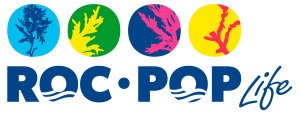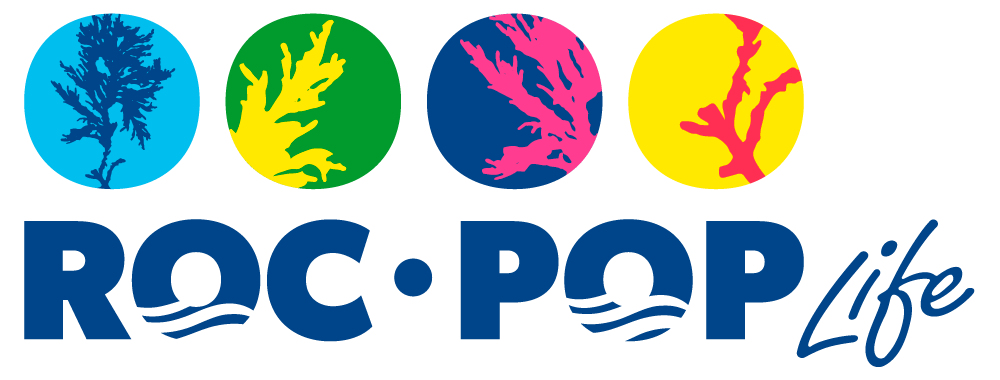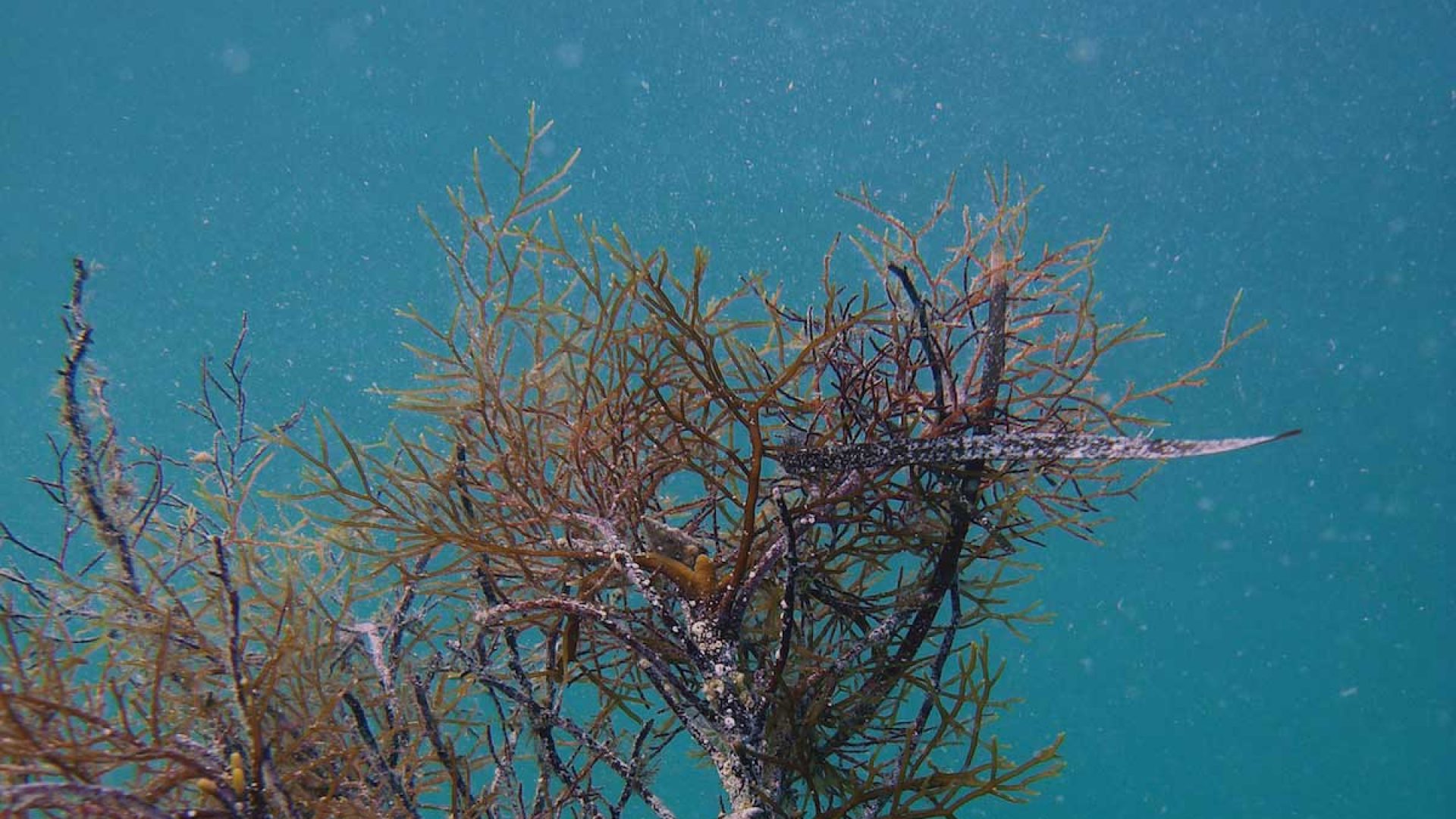
The ROC-POPLife Project
The ROC-POPLife Project LIFE16 NAT/IT/000816 “Promoting biodiversity enhancement by Restoration Of Cystoseira POPulations”, is a concrete conservation action aiming to restore in two marine Natura2000 sites (that are Specially Protected Areas of Mediterranean Importance - ASPIM) the Habitat 1170, by reintroducing Cystoseira . According to the Habitat Directive (92/43/EEC), all the species of the genus Cystoseira are Habitat of Community Interest by the EU (Habitat Reef - code 1170 Annex I of the Habitats Directive ECD 92/43/EEC) and the different species are used for the definition of the NATURA2000 Habitat1170 on the Mediterranean coasts (Italian Interpretation Manual of the 92/43/EEC Directive Habitat). Moreover the target Cystoseira are priority in Habitat 1170 for ASPIM sites.
Cystoseira is listed as strictly protected in the Annex I of the Bern Convention (Council of Europe 1979) and Annex II (List of endangered or threatened species) in the Barcelona Convention; moreover, Cystoseira genus is under surveillance by International Organizations, such as the IUCN (International Union for the Conservation of Nature), the RAC/SPA (Regional Activity Centre for Specially Protected Areas established within the Barcelona Convention), MedPAN (Mediterranean network of MPAs). Finally, the Marine Strategy Framework directive classifies the Cystoseira belts as "Shallow sublittoral rock and biogenic reef" that need conservation and management efforts.
1. RESTORE AREAS
The project applies an active approach to restore priority species of the Habitat 1170 in Natura2000site/Specially Protected Areas of Mediterranean Importance by:
1) collection of Cystoseira fertile parts in healthy populations: C. amentacea var. stricta, from PortofinoMPA (Ligurian Sea), C. barbata and C. crinita from StrunjanMPA (North Adriatic);
2) setup of mesocosms for controlled reproduction and generation of juveniles to implant in the Natura2000 sites;
3) forestation phase at Cinque Terre/Miramare MPAs where historical presence is recorded and measures to mitigate/contrast impacts that led to its loss are in place;
4) maintenance of the implanted populations and regular monitoring to assess forestation success.
The combination of the actions will increase recruitment potential and ensure the restocking and growth of the populations and the possibility to extend the action to other areas.
2. SUNSTAINABLE APPROACH
Following the protocol, fertile apical branches will be collected in the donor areas located in Portofino and Strunjan MPAs, transported in mecocosms culture chambers (Trieste and Genoa Universities) for the controlled reproduction process. The culture process will be carried out until the production of juveniles ready for implantation in the natural environment, that will be transported in the receiving areas (Cinque Terre and Miramare MPAs) and re-implanted to start the restoration process. All areas will be monitored for protection and for controlling and assessing the restoration process.
3. EXPECTED RESULTS
Results:
1) Cystoseira will be reintroduced in the target MPAs. We foresee the survival of 2400 adult plants of each species.
2) In the MPAs the number of thalli will continue to increase after the end of the project.
3) In the mid-long term, the newly established Cystoseira forests will form an ecological network with a cascade of positive effects on the MPAs.
4) Restoration of Cystoseira, indicator of good ecological quality, will trigger the recovery of the ecological status of the target MPAs.
5) Intensification of territorial promotion/touristic visibility. An increase of ca.3% compared to the last 3 years is foreseen.

